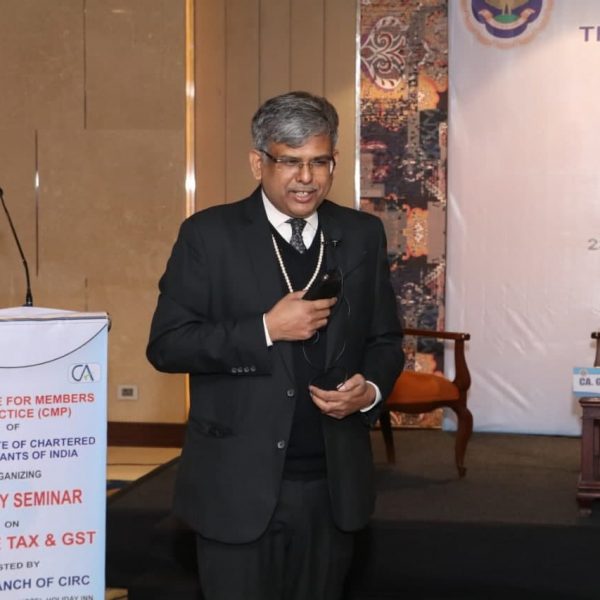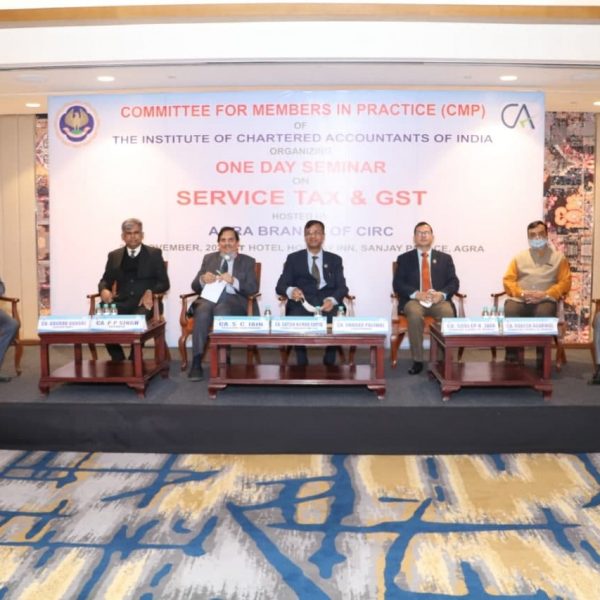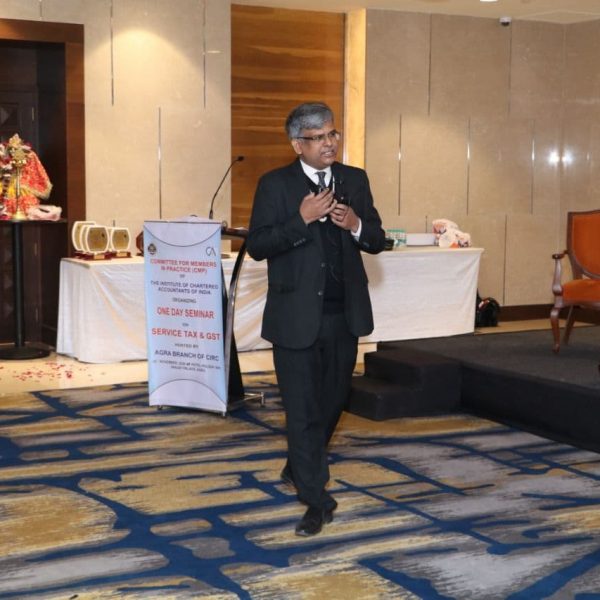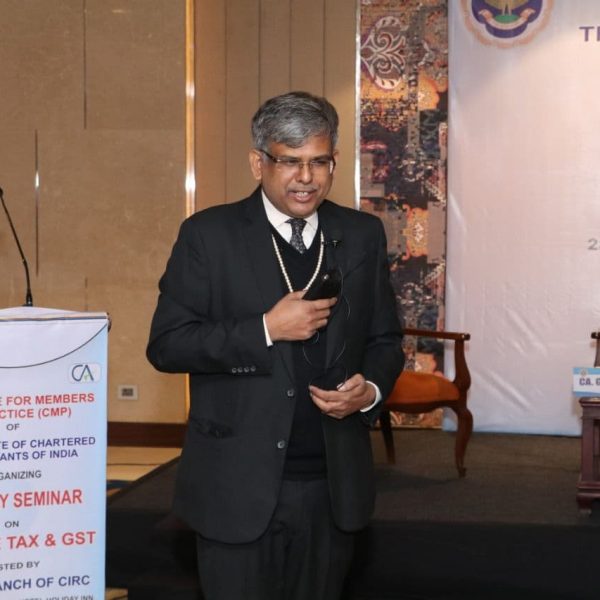Concepts of ownership and different kinds of ownership
Introductions: Relation of a person to an object may be of the following kinds
- Custody: in this case, a person has no full control over the things but he has no required animus to exclude others. example custody of lost/ theft goods with police officers after recovery by police officers.
- Detention: A person having temporary Possessions over the goods but due to any reasons law does not recognize such as lawful Possession. goods detained by any government authority for inspection, verification, or for collecting fees or charges.
- Possession: Possession over objects or things legally recognised i. e lawful possession over goods or immovable property called corpus possessionis. Here control over objects and animus mean intention to continue the control over objects or things also.
- Ownership: A person has exclusive, ultimate, or absolute rights in relation to the objects.
Dominium: in Roman law, dominium means absolute rights to a thing and not relative. dominium acquired in prescribed ways and right attached is protected under laws. But under Ownership rights may not always be absolute, there may be cases where rights of owners may be limited.
Possession: means physical control over a thing. However, in a few cases, long-term possessions may give title by prescription. Firstly the concept of possessions came into existence then the concept of ownership gradually developed due to changes in the economic Structure of Society to protect Certain rights for the full enjoyment of properties and to maintain law and order in the Society.
Definitions of ownership by different Jurists are as under:
Austin has defined ownership as a right over a determinate thing indefinite in the point of user, unrestricted in point of disposition, and unlimited in point of duration. According to Austin, ownership is “a right that exists against everyone subject to the law granting the ability to put things to indefinite users.”
According to this definition, ownership has 4 essential elements
- Things owned can be used in a variety of ways, but restrictions may be imposed for use by law. For example, land can be used for the Construction of residential buildings, commercial buildings, or industrial buildings either for own use or for renting out or even for agricultural purposes or can be leased out but law may restrict that a particular land can be used only for agricultural purposes.
- power of disposals: the owner has the right to dispose of his properties in the way he wants, but that may be subject to restrictions imposed by law as a policy matter. disposal may be by way of will, gift, Sale, barter, or exchange.
- Right of ownership exists for unlimited time unless assets cease to exist or property is disposed of by the owner, the death of the owner, or the law otherwise terminates the ownership.
- Right to owner available in rem against the others but subject to law in operation.
Criticism: Austin’s definition of ownership has been criticized by many writers. They argue that it is fallacious(means misconception, illusion, delusion) to think that ownership is a single right, but it is a bundle of rights including the right of use and enjoyment, and the right of disposal. Even if an owner relinquishes some of the rights that come with ownership, he retains ownership of the remainder. For example, in the event of a mortgage, the landowner retains ownership of the mortgaged property even though he has surrendered a right. similarly, when the owner leases out his property, he forgone the right of use and enjoyment in favour of the lessee but other rights still remain with the owner.
Definition of ownership by Holland: He was concurring with the Austin definition that the ownership has the right of absolute control over an object.
Definition of ownership by Salmond: According to him Ownership denotes the relation between a person and an object forming the Subject matter of his ownership. it consists of complex rights, all of which are right in rem, good against the whole world and not merely against specific persons.
Ownership generally has the following rights to the owner:
- Right of possession of things he owns which he may transfer in favour of Some other persons also. for example, Suppose A has lent his watch to C for hire, A has no right of possession but reversionary interest in the watch which is the right to repossession at the termination of the Period of hire.
- Right to use and enjoy the things owned. i.e owner has the liberty to use the thing. No one can interfere in the use of things by the owner.
- Right to consume, destroy, alienate (transfer] right), disposal, sale or transfer otherwise the thing. During a lifetime owner can effectively dispose of the property by way of Sale, transfer, gift, etc, and transfer effectively after his death by way of will. A non-owner may have possession of a thing but no right to transfer Ownership over a thing to another, but factors may do so on behalf of the principal if duly authorized.
- owner right is perpetual i.e. indeterminate in duration. the interest of the bailee or lessee comes to an end when the period of bailment or lease terminates but the interest of the owner is perpetual and continues till the death of the owner or owner exercising the right of disposal of things.
- ownership has a residuary character. for example when an owner of the land gives a lease to A, an easement to B, and some other right such as a profit to C, the residuary rights, are Still with the owner.
The subject matter of ownership is the rights of objects.
Prime Subject matter of ownership Consists of material objects such as land and chattels, but ownership is by no means limited to the things of this category. ownership may be of interest in land of others, dest due do him, shares of Company, Patent, copyright, and interest in trust funds.
Cook has defined ownership as “ it is a method of enjoyment which is more comprehensive than any other method.”
Definition by Duguit “Ownership is a relation between a person and a thing and on account of this relation, a person has the power of disposal, use, enjoyment of the things according to a La regle de drOit.”
Conclusion: ownership is essentially a right or bundle of rights attached to an object that gives the owner the right to control, hold, use, enjoy, dispose or part with in any way but such rights or any of the rights may be restricted by the State in larger Public interest. Although Austin said the owner has absolute right over an object but In present days it is not so. in communist countries, few private ownership so ownership is studied as Public law, in other countries also moves towards a Similar view because there are restrictions on the use, enjoyment, and even disposal rights due to state restrictions imposed.
Classification of ownership
- corporeal and incorporeal ownership
- sole and co-ownership
- legal and equitable ownership
- vested and contingent ownership
- Absolute and limited ownership
- Trust and beneficial ownership
corporeal ownership means ownership over a physical object such as goods or things or land, buildings etc., whereas incorporeal ownership is related to intangibles or of rights Such as trademarks, copyrights, etc.
Trust and beneficial ownership:
This is an example of duplicate Ownership where trust Property is owned by two persons at the same time where the relation between these two owners is that One is under obligation to use his ownership for the benefit of others. The former is called trustee and his ownership is called trust ownership, the latter is called beneficiary and his ownership is called beneficial ownership. Here the trustee is just the owner holding Property for the benefit of others called beneficiary. He can’t enjoy Properly for his own benefits but he is allowed to administer the property, He is in the capacity of the agent holding Property for others, and there is a restriction on the disposal of Such trust Property by the trustee . His ownership is just of form rather than Substance and nominal rather than real, actual owners are the beneficiary enjoying the benefits of such property. The purpose of trusteeship is to protect the rights and interests of the beneficiaries who are unable to protect them for themselves due to any reason. Such a class of beneficial owners may be a minor, unborn child, or incapacity person such as a lunatic, or infant, or where no of beneficiary are large in number and Creating Co-ownership is not viable, or where different persons have conflicting interests in the Same property so trustee taking care of everyone interest.
legal and equitable ownership: Rights recognized by equity court are called equitable rights whereas rights recognized by common law Court are called legal rights but no such distinction exists in India. Even in England no more such distinctions are at present. However, from an ownership angle Legal and equitable ownership are still different. legal owners have the right to Sale or Transfer or disposal of objects, whereas equitable ownership means the right of enjoyment or use but no right of sale/transfer/disposal of assets. For example, when A has Sold goods to B in an installment System the legal Ownership Still remains with A but in this case, B is enjoying and using the Said goods, therefore B is the equitable owner of the Said goods. Here A remains the only legal owner but B becomes the equitable owner because of the use/ enjoyment of the objects.
Vested and Contingent Ownership: when the owner’s title is already Perfect then we say it is vested ownership but there may be a situation when the owner’s title is still imperfect and becomes perfect only on fulfilling certain conditions in the future. In contingent ownership, property titles remain imperfect till conditions are fulfilled. There may be situations where two or more persons may be contingent owners of the same Property and later on fulfillment of required pre-condition, property vested in one person and Ownership of another person destroyed.
Absolute and limited ownership :
When all the rights of ownership such as possession, enjoyment, and disposal are vested without any restriction then it is called absolute ownership, but when there are any restrictions or limitations such as duration, etc on the user either on enjoyment or disposal, then such ownership is called Limited ownership.
Sole and Co-ownership: when property is owned by only one person then it is called sole ownership, but there may be a situation when two or more persons may at the same time have Ownership of the same thing vested in them. it is the undivided vested ownership of two or more persons over an object. ownership in part is a different thing from co-ownership of the whole. After the division of interest of several Owners over an object by partition process, the co-ownership has been dissolved into Sole Ownership. Co-ownership involves the undivided integrity of what is owned. it is of two kinds (1) ownership in Common Here in the case of the death of one of the co-owners, the right of the deceased is inherited by the successor, in other words, it is an inheritable right (2)Joint-ownership in this in liv case of death of any of the co-owner, Survivor becomes the Sole owner by virtue of his Survivorship or ius accrescendi. in other words, it is not an inheritable right.
Mode of acquisition of ownership
- ownership may be acquired in any of the following ways:
- Original
Derivative
Original acquisition of ownership i.e. ownership acquired by some personal acts by the acquirer. such acquisition may be
- Absolute i.e res nullius when Things acquired has no previous Owner. Here acquisition may be by occupation for example a painting by a painter, or a book written by an author. Furthermore, a person working on material of others made something new, and he became the owner of the new product called specificatio.
- Extinctive Here new owner acquired ownership extinguishing the title of the previous owner for example ownership of property acquired by prescription such as adverse possession after 12 years of Continuous peaceful Possession.
- Accessory or accession: Here acquisition of property by way of accession to some existing property. for example fruits of trees, the produce of the land, calf of cow owned.
Derivative acquisition: ownership derived from the previous owner, called derivative acquisition. such acquisitions may be by way of gift, inheritance, will, intestate Succession, or transfer inter vivos. In every legal system, there is a prescribed method for Such derivative acquisition, for example, the Transfer of Property Act 1882.
There are two types of derivative methods for acquiring ownership
- By operation of law such as Succession, inheritance, bequeath (will), bankruptcy, acquired by prescription or by adverse possession.
- By reason of some other Act i.e An actor event such as taking or making a thing for the first time involving original acquisition ownership .ownership may be acquired in any of the following ways 1. Absolute ownership 2. extinctive Ownership 3. accessory










